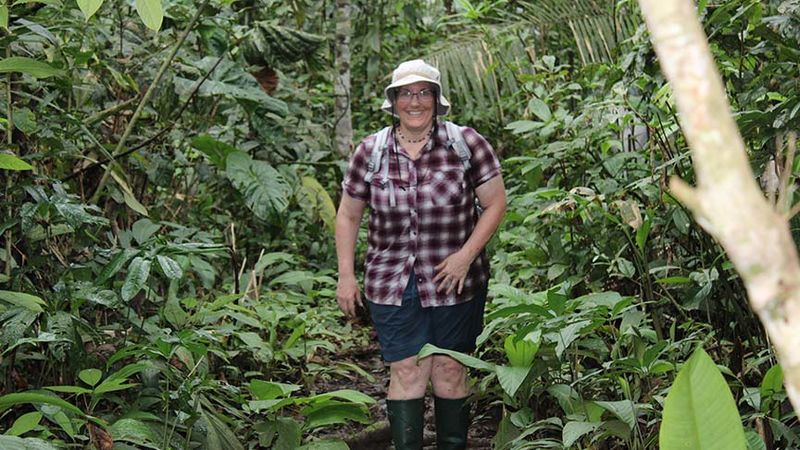The power of plants
Penn State Wilkes-Barre faculty member Luciana Caporaletti traveled to Peru in May to study plants used for medicinal purposes by indigenous people. Her research team visited a remote area of the Amazon rainforest in the northeastern part of the country, living with members of the Urarina tribe as they learned about the plants and tribal culture.
By: Goldie Van Horn


